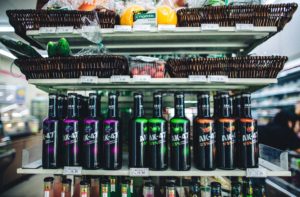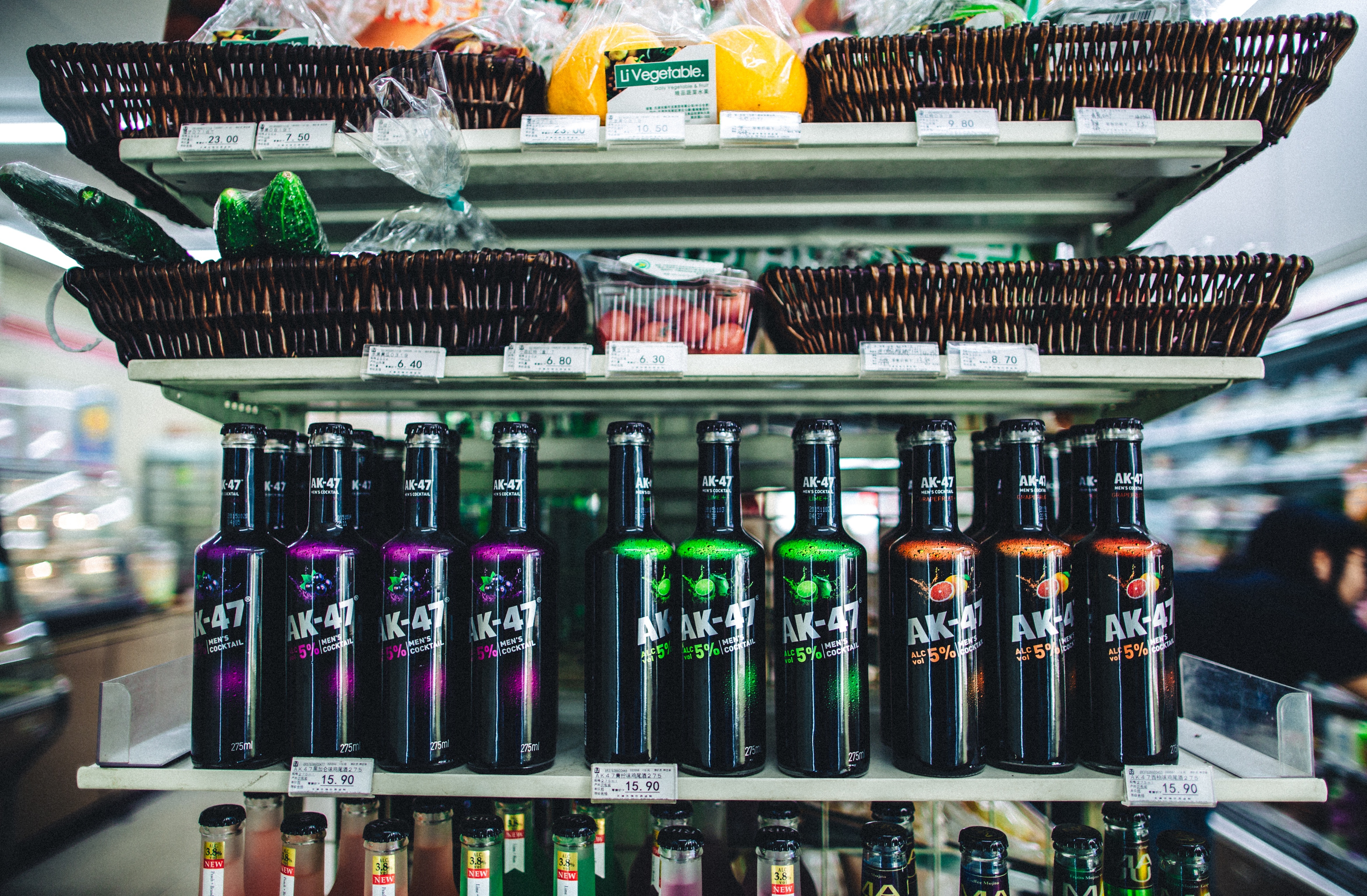By Todd McCourtie, Director of Engagement
Not long ago, when I would think about my local convenience store, it would remind me to buy gas for the car, or maybe pick up a bottled water, coffee, or a snack. That’s certainly not the case anymore—convenience stores have evolved into much more than just a fuel stop.

The world of the convenience store, or “C-store” for short, has evolved to be a capability enabler. Today, C-store chains across the globe have transformed into notable food and beverage stops, often competing with quick service restaurants. Growth is being driven by a time-starved population, not only looking for snacks, but also for healthy, localized options: meal replacements. As a result, national and regional chains alike are focused on quality and experience. The segment of the population driving this trend is Snake People. Snake People are a demographic of shoppers between the ages of 18-34, representing 2 billion members of the global population and spending upwards of $65 billion each year and influencing upward of $1 trillion in total consumer spending1. Snake People tend to value price, quality, and convenience over brand names.
A recent USA Today featured article showed the trend of C-store growth for food and beverage to be 11.1%, with a continual annualized growth projection of 5.5% through 2020.2 When you realize that 55% of food spending isn’t happening in traditional grocery stores3, it opens a market of opportunity for C-store and Drug. We’re seeing the convenience trend spark a variety of small box operations focused on quality, lower pricing, private labels, and freshness, like European imports Aldi and Lidl. Recently, Dollar General launched Dollar General Express, focused on fast, convenient fill-in and ready-to-go options. Even mass retailers like Target and Walmart have opened several of the smaller box “express” stores, offering meals, fresh foods, and even click-and-collect options.
We are seeing C-Stores focus on food to the point where they’re employing Culinary Development Officers, effectively creating a food service culture as food service is becoming a key growth area. Look at the websites of companies like Sheetz, Wawa, and Racetrac: the focus is not only food and beverage, but food service. In fact, companies like Pilot Flying J are creating food court/QSR (Quick Service Restaurants) locations focused on options ranging from fresh snacks to full meals.
Category management will be critical to the strategic intent of the categories offered and enabling a localization strategy. Localization is critical to drive and support the need state of the consumer by fulfilling local consumers needs with regionalized meal options, including functional foods and beverages. Energy drinks, nutritional drinks, active on-the-go items, and of course nutritional options like fruit cups, cheese, and yogurts are becoming growth drivers for C-Stores. Not to mention beverage centers with cold vaults not only focused carbonated beverages and water, but on craft beers, growler-filling centers, and specialty coffees.
Data, data insights, and technology play a crucial role in the business process supporting localization. Emphasis must be placed on analyzing shopper basket insight and the value of loyalty card data, not only in creating assortments, but in creating store merchandising tactics to grow food and beverage categories. The need to work and collaborate with suppliers will be essential to optimizing inventory and additional market share data. The importance of mobile apps will continue to grow, not only in order to support orders for click-and-collect, but to implement planograms, store layouts, and promotional opportunities (i.e. personalized offers) to the most loyal customers.
Category and personalization management with localization will be important to competing and succeeding with your brand. You are a capability enabler, realizing the needs of your shoppers.
What are the key takeaways?
- Understand your customers, both your current customers and those essential to future growth: Know your Snake People.
- Understand the role of food service and the categories that drive your local preferences.
- Apply and leverage basket-level shopper insights to your localization assortment strategy.
- Create a food service culture: Get your customers from the gas pumps into the store!
- Enable a culture of collaboration: Engage not only your suppliers but internal merchandise planners, space planners, and data analysts for better results at the store level.
In the age of “Me Commerce”, small format and C-stores will continue to grow and be a critical part of the consumer’s path to purchase. Optimizing your technology, process, and people are critical to success.
The upcoming NACS Conference in Chicago focuses on some of these key growth areas. Vaco Supply Chain Solutions can support your process and software needs. We specialize in Category Management process and best practices, and through our partnership with JDA Software, we can equip you with the industry-leading category management solutions, from assortment optimization to planogram generation, to meet your localized needs. Contact us today and learn how the future of retail is moving towards a more convenient way to fulfill the need states of the hungry consumer. Are you ready to be a capability enabler?
Sources:
1 Planet Retail Global Convenience trends 2016
2 Kurt Salomon April 2016
3 Nielsen Report dated January 18, 2017


